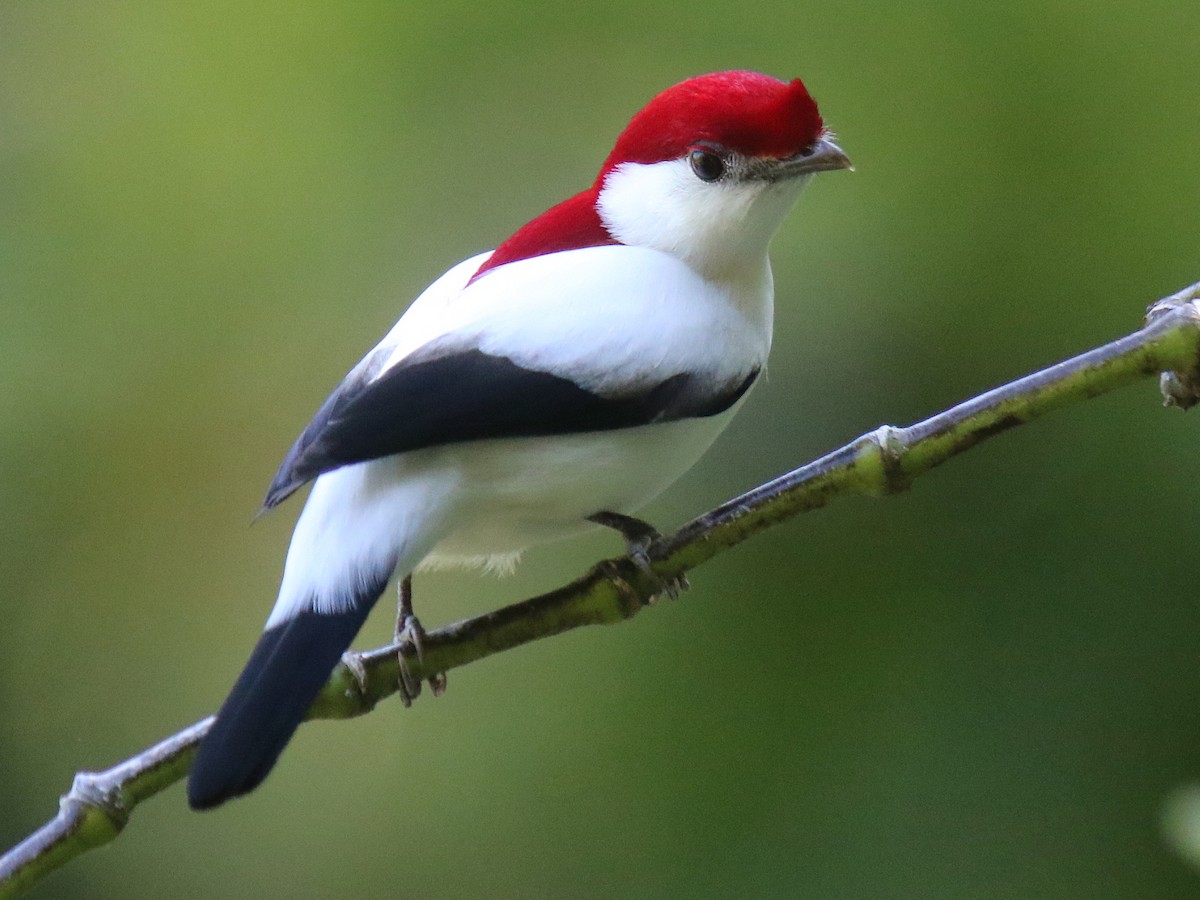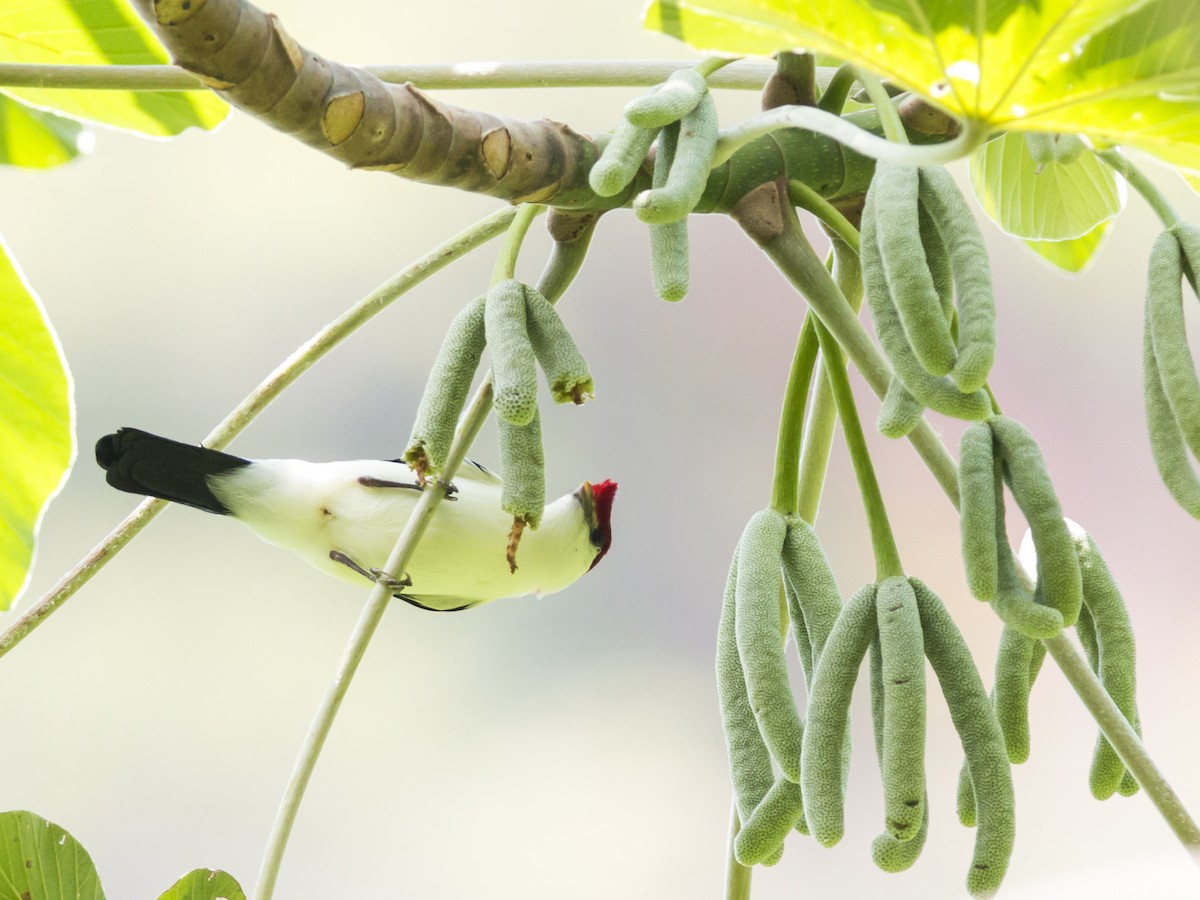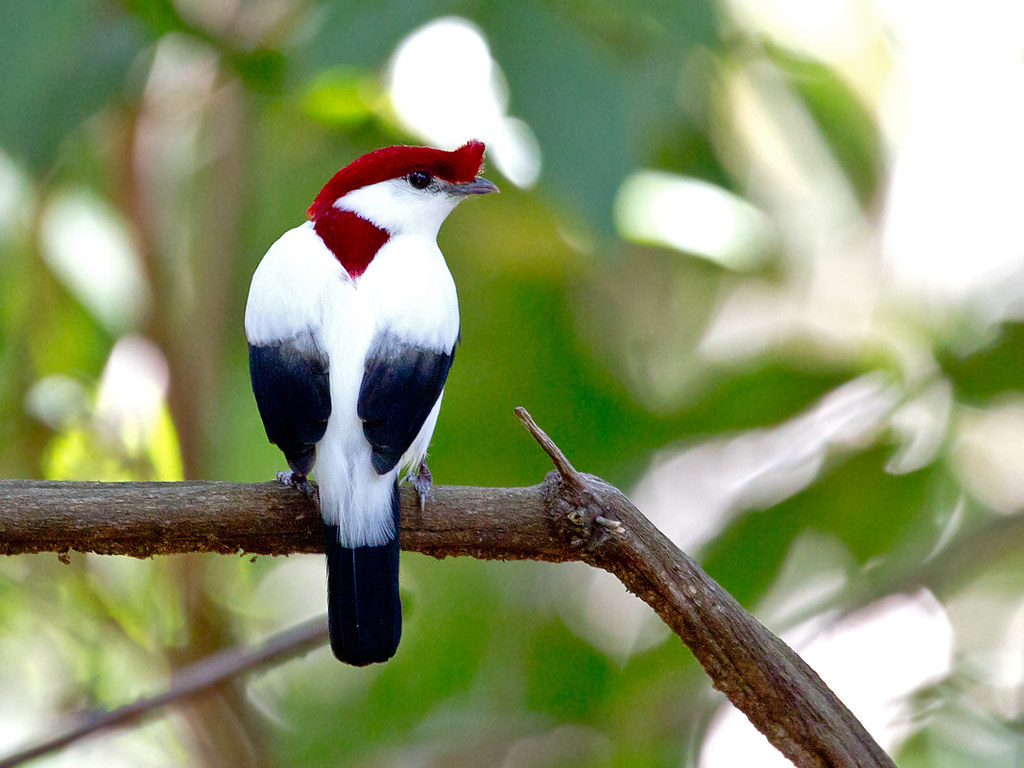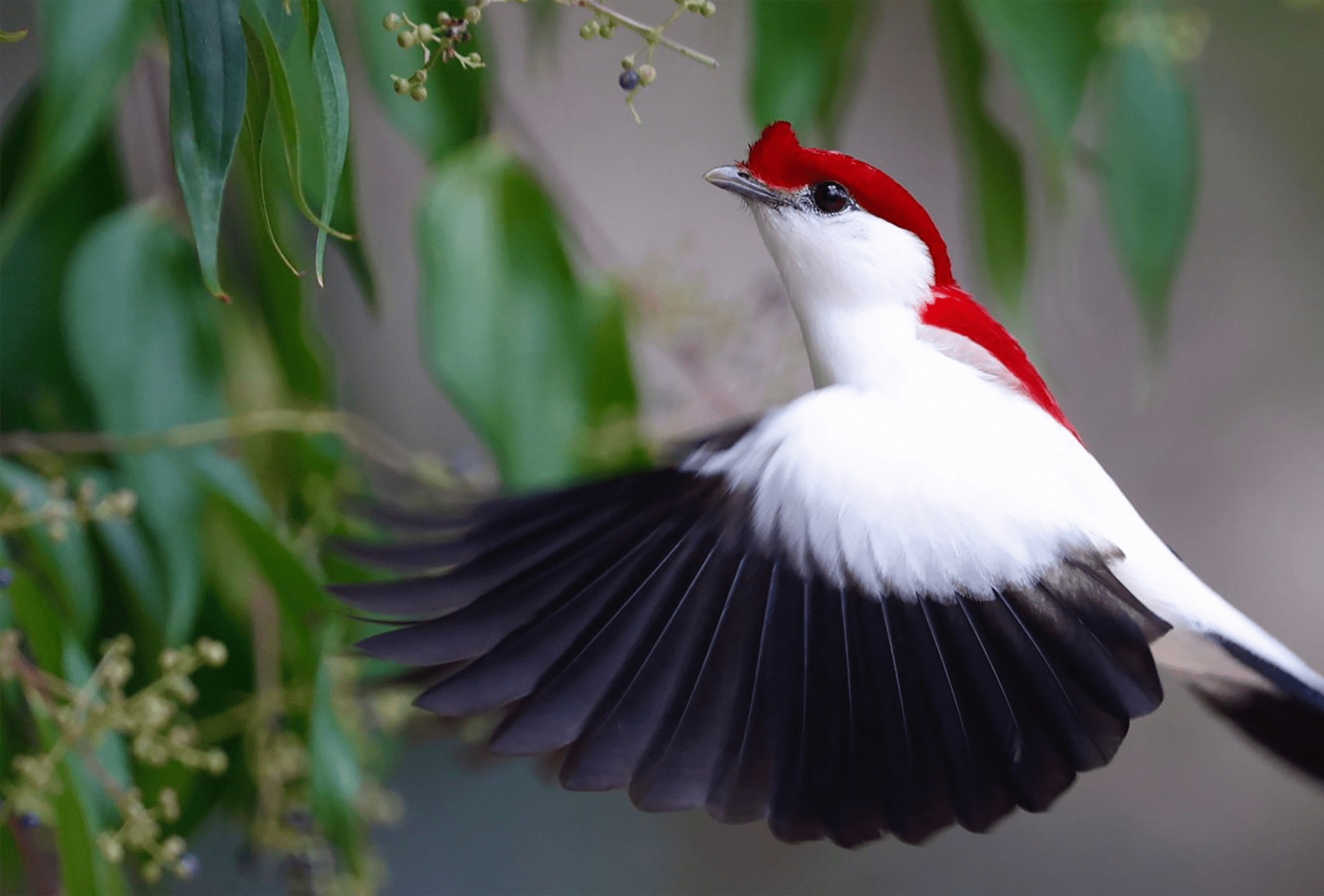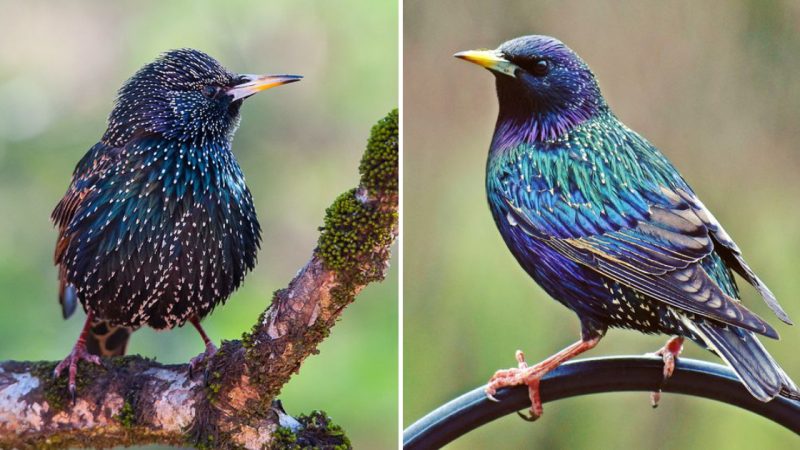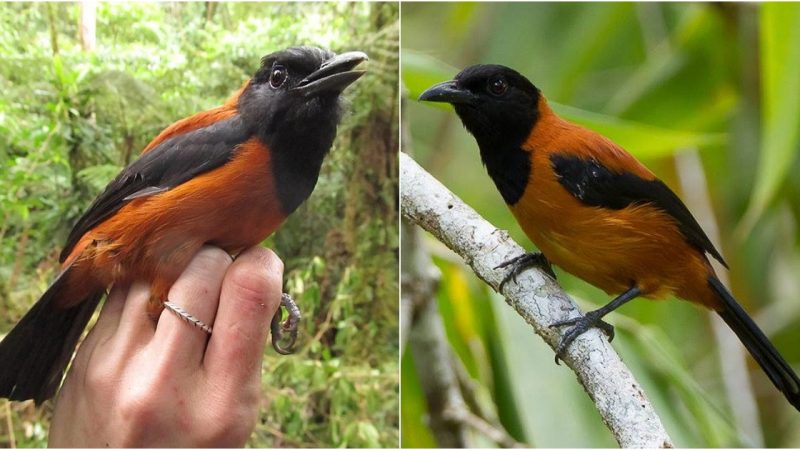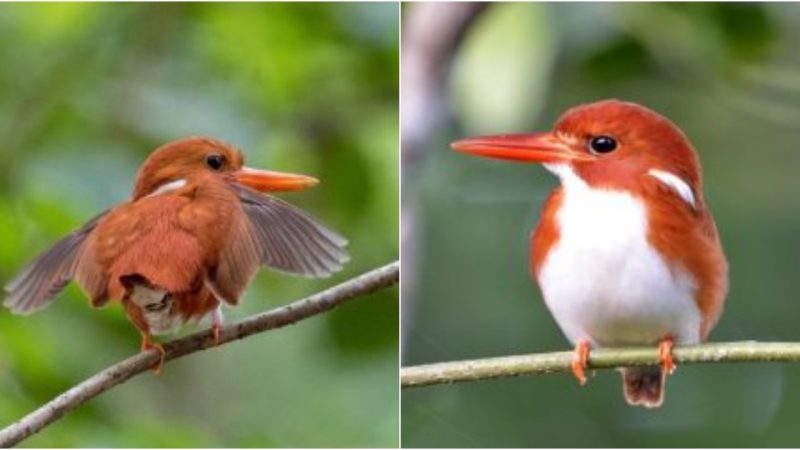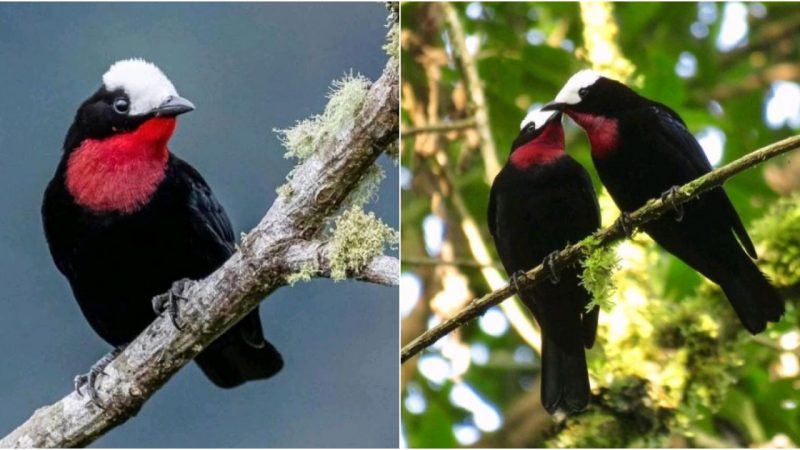Protecting the Beauty of the Araripe Manakin and its Habitat

The American Bird Conservancy (ABC) and its Brazilian partner Aquasis have successfully obtained over 170 acres of crucial habitat for the Araripe Manakin, one of the world’s rarest and most stunning birds. This land acquisition effectively doubles the size of the existing Araripe Oasis Reserve in northeastern Brazil, connecting it to the much larger Araripe National Forest. This expansion has the potential to safeguard new breeding territories for the remarkable red-and-white bird, as well as other endangered species like the Yellow-faced Siskin.

Expanding the reserve is a pivotal step in preserving the Araripe Manakin, recognized as an Alliance for Zero Extinction species. Discovered only two decades ago, the population of this species has dwindled to fewer than a thousand individuals. These birds rely on a unique forest type found exclusively at the base of the Araripe Plateau in Brazil. However, encroaching human development, including farming, cattle grazing, and housing construction, has pushed them to the brink of extinction.
In 2014, ABC assisted Aquasis in acquiring 140 acres in a prime breeding area for the Araripe Manakin. This year, ABC and Aquasis had the opportunity to secure an adjacent property that includes springs, streams, and forests—essential elements for supporting up to eight new breeding territories for the Araripe Manakin. The purchase was made possible through the support of the IUCN National Committee of The Netherlands, Gulf Coast Bird Observatory, Quick Response Biodiversity Fund, David Davidson, Larry Thompson, Silicon Valley Community Foundation, and several other generous donors who contributed to ABC’s online campaign.
“With this expansion, we can continue to establish the Oasis Reserve as a focal point for forest habitat protection and restoration, biodiversity conservation, and the sustainable use of water resources along the slopes of the Araripe Plateau,” said Alberto Campos, Aquasis Co-Founder and Director of Development.
A Sanctuary in a Desolate Landscape
The Araripe Plateau lies in the heart of the vast, semi-arid, drought-stricken caatinga biome, which dominates most of northeastern Brazil’s landscape. Water is scarce in this region, and as it rapidly transforms into an urban environment, the demand for water increases.
The Oasis Reserve provides a vital water source for the surrounding communities living in the caatinga shrublands. It also serves as a crucial sanctuary for other bird species that specialize in this habitat, such as the Silvery-cheeked Antshrike, White-browed Antpitta, and Caatinga Antshrike.
The reserve expansion will also benefit another endemic species in the area, the Yellow-faced Siskin. This bird, native to northeastern Brazil, has been a popular target for the pet trade. It utilizes various habitats, including lowlands, mountains, forests, and open areas. While it was relatively common until the 1980s, its population has significantly declined in recent decades.
Expanding the reserve not only safeguards essential territory for these birds but also enables conservation efforts aimed at increasing their numbers. “For many of these species teetering on the brink of extinction, we need to do more than simply protect their habitat,” said Bennett Hennessy, ABC’s Brazil Program Coordinator. “We must understand the factors limiting their populations and actively manage their habitats to facilitate population growth. The Oasis Araripe Reserve possesses extensive research knowledge to implement habitat improvement techniques and increase the population of the Araripe Manakin within the reserve’s boundaries.”
Effective management of water resources will be crucial for this endeavor, as streams have proven to be a limiting factor in the recovery of the Araripe Manakin. These birds breed in understory vegetation that overhangs flowing water, making it more difficult for predators to reach their nests. However, this unique nesting requirement restricts breeding sites in a drought-prone region where springs and streams are scarce.
Since streams are vital for local agriculture, most streams in the region, even those within forested areas, are heavily utilized, with water diverted for human use. Human activities, including habitat destruction leading to forest loss, directly threaten the breeding habitat of the Araripe Manakin. The removal of vegetation along stream edges reduces the available nesting areas for these birds.
The extension of the reserve will allow Aquasis to effectively manage two crucial springs in the area for the benefit of both birds and people. The southern spring will be carefully managed to create two streams, which Aquasis will reforest with vegetation that offers ideal breeding habitat for the Araripe Manakin.
